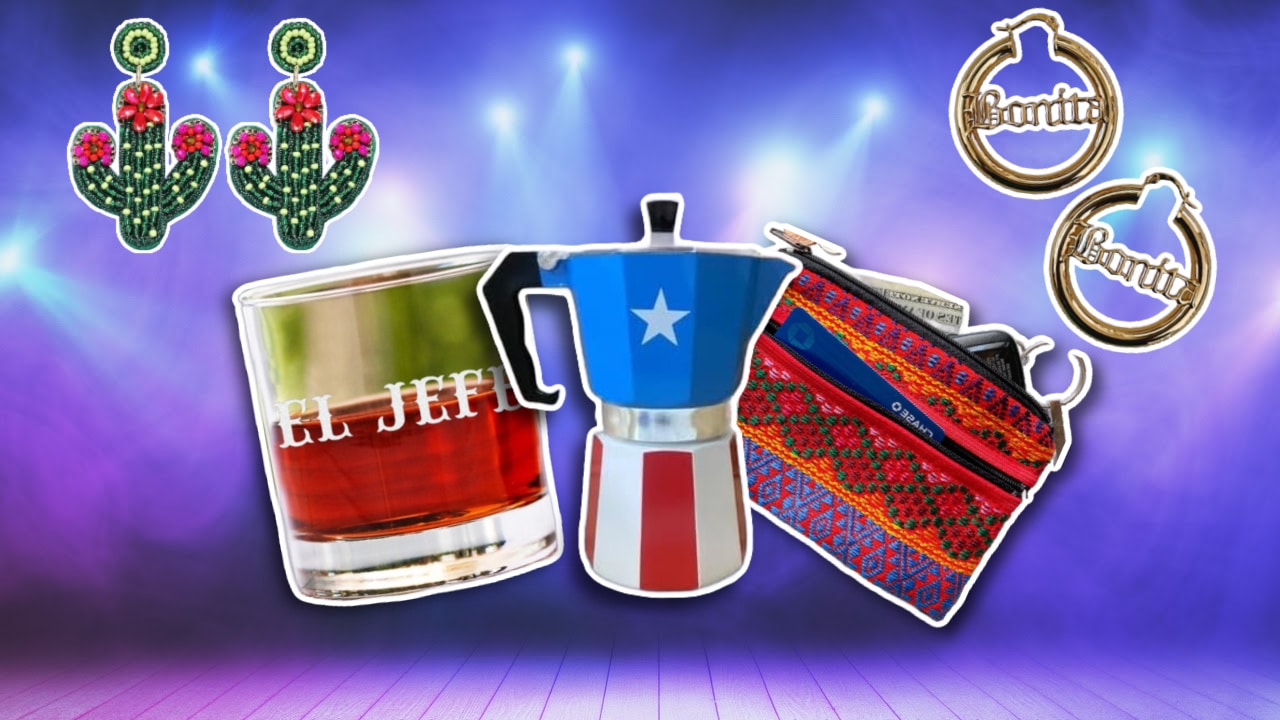La Limpia: What You Didn’t Know About the Traditional Healing Ritual
It was 2002, and a frail Pope John Paul II sat on a golden throne at the national shrine of La Virgen de Guadalupe in Mexico City’s Cerro del Tepeyak. The Pope looked as if he was bent by the weight of the Catholic Church’s colonial guilt.
Two older women, dressed in brightly colored vestments and carrying incense and herbs, walked up to the Pope. As the ceremonial mass began, they ministered to the ill pontiff with sweeping motions.
The two women were curanderas performing an ancient Mexican healing rite and spiritual cleansing ritual, La Limpia.
It was a heartfelt public offering of healing to the spiritual leader of the religious institution that repressed the women’s ancestors centuries ago.
The curanderas were healing his physical illness and the sickness of racism and violence.
La Limpia, an ancestral tradition
La Limpia is a physical-symbolic rebalancing of the spiritual using traditional Mesoamerican and Amerindian rituals. Curanderas are practitioners of traditional plant-based healing — they consider personhood the union of mind, body, and spirit.
Some of the plants used in a Limpia are rude (rue), pirul (pepper tree), romero (rosemary), albahaca (basil), and tobacco.
The curanderas aim to protect and preserve individual and collective well-being. If the picture with the Pope is anything to go by, the curandera is also adept at forgiveness.
A Limpia can heal a broken heart, remove blockages and leave one feeling at peace. It is a rebalancing of your life force.
In a manner of speaking, it’s a decolonial spiritual healing
After colonization, Catholicism spread like wildfire in Latin America.
Still, the ancient healing rites (that the colonizers considered barbaric) stuck to the church walls and refused to die.
Today, many young (and not so young) Latinas turn to ancestral healing. We are reclaiming our practices — demonized and silenced for too long.
“I think we are recognizing how so much knowledge has been lost. And the reason it has been lost is because of these oppressive systems that stem back to colonization that told us our way of being was wrong,” Flora Pacha, a Peruvian-born, queer radical herbalist, said in a recent interview.
Much to our chagrin, even Gywenth Paltrow’s Goop has dipped a manicured toe in the healing waters of las Limpias. You can call it the continued cultural appropriation a la Paltrow.
There are now white curanderas in The Hamptons — the horror of it — that charge $300 an hour for a Limpia. And it can even be a Zoom Limpia on the best days for it — a Tuesday or Friday at midday — when the sun is at its highest.
No matter who adopts it or appropriates it — we own it.
We understand that this is our way to reclaim what is ancestrally ours and throw off — in an herbal and rebellious act — the oxidated shackles of colonialism.




